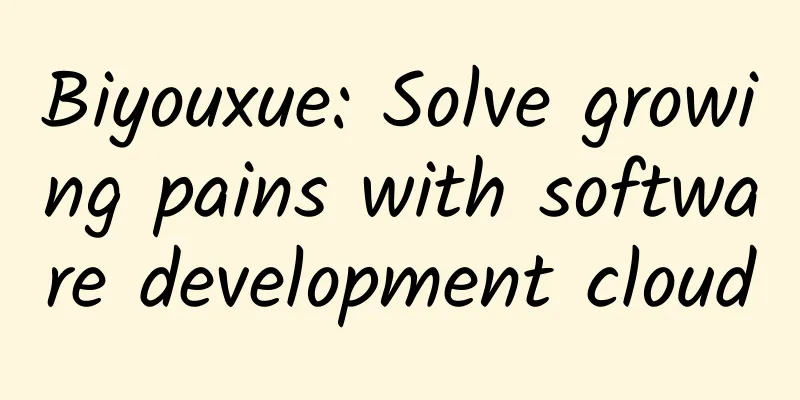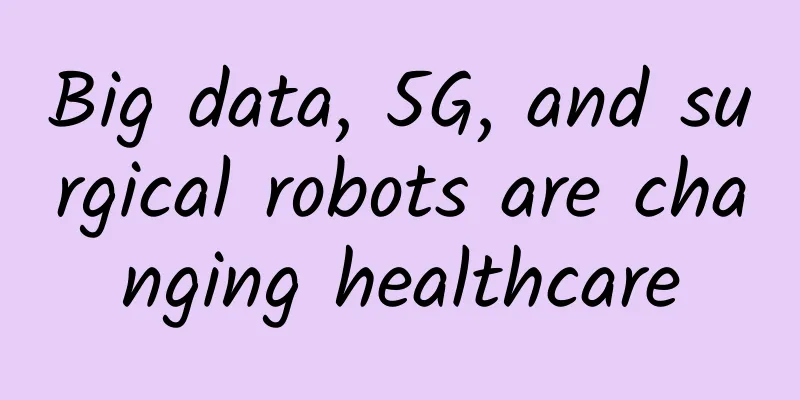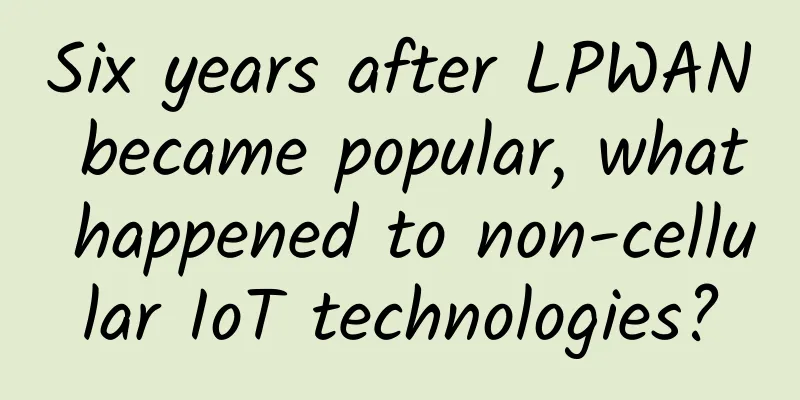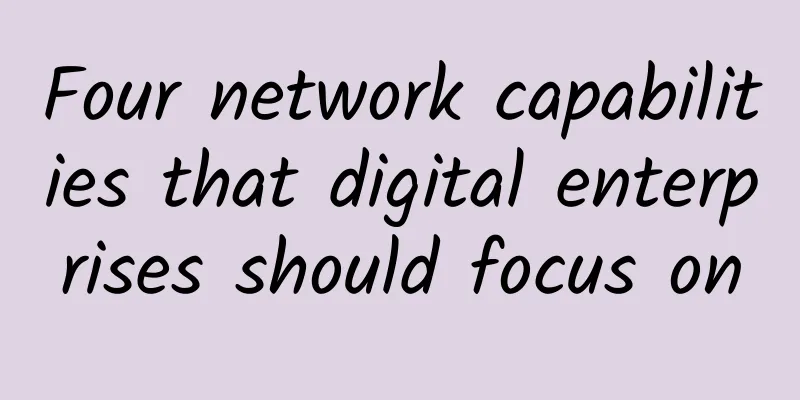The role of edge computing and 5G in healthcare

|
Technology has changed the way we conduct diagnosis, patient care, and treatment. Edge computing and 5G accelerate innovation, making medical services faster, cheaper, and better. During the epidemic, many people do not want to go to the hospital, which affects their early diagnosis and later rehabilitation. In addition, the steady growth of the elderly population is putting increasing pressure on elderly care facilities around the world.
The number of people who need fast, efficient care far outstrips the number of providers available to provide it to them. According to the World Health Organization, we face a global shortage of 7 million health workers. That’s the bad news. The good news is that rapid advances in technologies like edge computing and 5G are making it easier to introduce solutions that can fill the workforce shortfall and transform the way healthcare is delivered. Let’s look at some medical use cases for edge computing and 5G: WearableWearable devices can continuously monitor blood pressure, heart rate, body temperature, blood oxygen levels, etc. This data is pushed to the nearest edge server and processed locally at that edge location, minimizing latency and maximizing processing speed. Doctors can use this information to assess the patient's health in real time. In the hospitalRadar-enabled in-bed sensors monitor vital signs such as heart rate, respiratory rate and blood pressure, while alerting caregivers when they exceed normal limits. Sensors in beds track how much sleep people get. Data from sleep patterns can detect early signs of illness. Until recently, hospitals had a centralized architecture with data stored in the cloud. Various smaller clinics and medical centers connected to a central location to store and process data. Edge computing offers hospitals the benefit of storing data at the nearest edge location and enabling it to be processed quickly. This has an added security advantage because the data is stored locally and not transmitted long distances to the cloud, which reduces the risk of someone hacking into the data along the way. Point-of-care diagnostics and telemedicineOn-demand care in the form of mobile point-of-care diagnostics has brought healthcare to people in both urban and rural areas. Along with vital signs, specific data for critical diseases such as diabetes and cardiovascular disease are pushed to the nearest edge server. This data can be processed, analyzed, and transmitted to doctors in remote locations within minutes. The rapid availability of health data has led to the growth of telehealth applications, resulting in increased capacity requirements at service provider sites. Edge computing helps developers quickly add additional computing and storage capacity to meet urgent needs and optimize resources. ambulanceAmbulances can now do more than just transport patients to and from hospitals. Technology embedded in point-of-care screening devices and high-definition video can transmit data on vital signs and other health parameters to a central monitoring station via a 5G connection and backhauled through the last-mile edge provider’s network. Paramedics and emergency medical responders can then work with doctors to stabilize the patient before transporting him to the hospital, while emergency room staff can prepare for the patient's arrival. AINo discussion about the future of healthcare is complete without artificial intelligence. From chronic disease and cancer to radiology and risk assessment, we can use AI to transform patient care and diagnostics. Here are two examples of how AI is changing early detection and diagnosis. Melanoma Detection - Melanoma is a malignant tumor that accounts for more than 70% of skin cancer-related deaths. Doctors usually rely on visual inspection to identify suspicious skin lesions. Although in many cases it is difficult to make an accurate diagnosis. Artificial intelligence can help solve this problem. Software systems using DCNNs (deep convolutional neural networks) can analyze wide-angle images acquired by smartphone cameras and identify lesions that require further investigation. By storing images at the nearest edge server and processing them locally, results are returned within minutes. Radiology – Edge computing is giving rise to AI applications that reduce the time required for MRI scans. New research from Facebook and NYU Grossman School of Medicine shows that rapid AI-generated MRI images contain diagnostic information comparable to images taken by slower, traditional MRI scanners. By removing approximately three-quarters of the original data used to create the scans, the AI model was able to generate fastMRI scans that were comparable to those created by normal MRI procedures. Because fastMRI scans require four times less data, they can potentially scan patients more quickly, reducing the time they spend in the MRI machine. Edge and 5G go hand in handIt is a mistake to think of 5G or edge computing in isolation. Edge computing is the only way 5G can achieve its goal of less than 5 millisecond latency. While most people think of 5G as having lower latency, they forget the amount of data generated by edge devices. Devices such as wearables, sensors and other IoT devices generate large amounts of data that needs to be managed and processed locally, with the results transmitted back to doctors, hospital emergency rooms and remote facilities in near real-time. However, this is not always possible due to the less-than-ideal routing infrastructure of many telecom companies. 5G with edge promises to solve this problem by significantly reducing latency between endpoints and data centers. |
<<: 5G messaging: The key is how to divide the money
Recommend
How network segmentation strategies work with SD-WAN
Software-defined WANs (SD-WANs) have sparked a re...
Software testing requires understanding of these network knowledge points
1. Network Classification Telecommunications netw...
Sharktech 20th Anniversary Cloud Server 20% off, Netherlands/Denver/Los Angeles High Defense Private Cloud/Public Cloud Server
Sharktech is currently carrying out a 20th annive...
A look back at five major outages in 2019
Any time a network service outage occurs, it can ...
HostYun: Los Angeles CN2 GIA line cheap version online, 1GB memory package monthly payment starts at 15 yuan
HostYun recently launched a low-cost package for ...
Bacloud: 15% off KVM VPS, 25% off dedicated servers, 10TB hard drive server starting at $28.96/month
Bacloud is a Lithuanian hosting company founded i...
Huawei's new generation of 400GE data center switches enable new infrastructure and stimulate new momentum
[[334907]] Hu Kewen, President of Huawei's Da...
What are the 5G scenarios in digital transformation?
It is predicted that by 2025, there will be 1.2 b...
Netty - Sticky Packets and Half Packets (Part 2)
Continue from the previous article "Introduc...
Compared with China Telecom and China Unicom, why is China Mobile's broadband so slow?
If you have been using China Telecom or China Uni...
The impact of blockchain on data centers and cloud computing
Today, more and more applications are causing the...
Huawei Nantong Cloud Platform is officially launched, and software development cloud reaches strategic cooperation
Today, Huawei Software Development Cloud entered ...
Airplanes are all equipped with 5G, so why is the signal on high-speed trains still so poor?
[[403928]] This article is reprinted from the WeC...
EtherNetservers: Los Angeles VPS starts at $12 per year, 1GB/30GB/2TB/2IP, supports Alipay/PayPal
EtherNetservers' cheap annual VPS is currentl...
China's first ISO/IEC artificial intelligence international standard project was approved
In August this year, the AI data quality intern...









